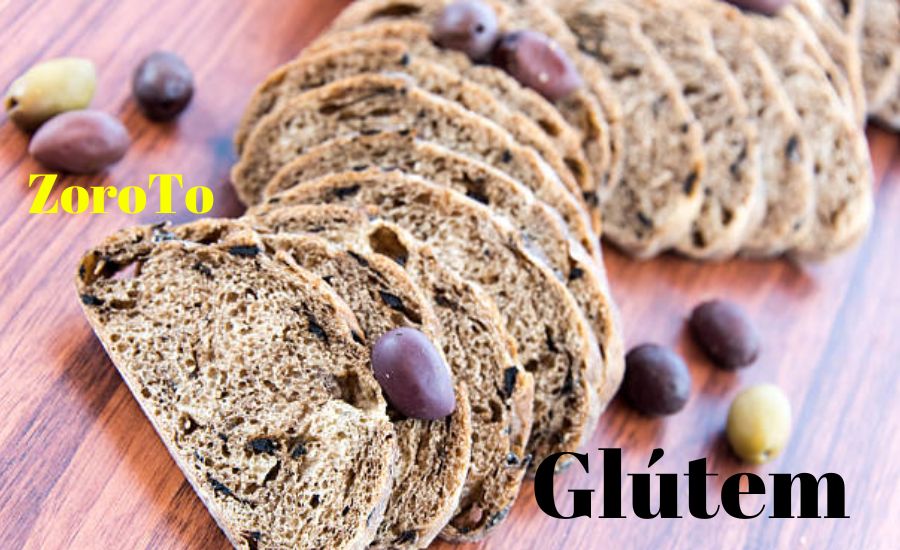Glútem, a protein composite found in various grains, plays a critical role in our diet and culinary practices. This article delves into the essence of glútem, its types, benefits, and its relationship with food, offering insights into this fundamental component of many staple foods.
What Is Glútem?
Glútem is a term that refers to a family of proteins present in wheat, rye, barley, and triticale. These proteins, mainly gliadin and glutenin in wheat, are responsible for the elasticity and stretchiness of dough, contributing to the chewy texture of baked goods. When flour is mixed with water, the glútem proteins form a sticky network that traps air and gas, resulting in the rise and texture we appreciate in bread and other baked products.

Types of Glútem-Containing Grains
- Wheat: The most common source, found in varieties like durum, semolina, spelt, and farro.
- Rye: Adds a distinct flavor to bread and other baked goods.
- Barley: Used in brewing, food products, and as animal fodder.
- Triticale: A hybrid of wheat and rye, combining features of both.
These grains and their glútem content are fundamental to many traditional and contemporary recipes, providing structure, moisture retention, and palatability to a wide range of culinary creations.
Benefits of Glútem
For most people, glútem is a beneficial protein that enriches our diet with its unique properties:
- Nutritional Value: Glútem-containing whole grains are rich in vitamins, minerals, fiber, and protein, contributing to balanced nutrition.
- Culinary Versatility: The unique textural properties of glútem enhance the quality of bread, pasta, and other baked goods, making them fluffy, chewy, and satisfying.
- Economic Importance: Glútem-rich crops are staples in global agriculture, supporting economies and providing food security.

However, it’s important to recognize that while glútem offers numerous benefits for the majority, it can pose health issues for individuals with specific conditions like celiac disease, non-celiac glútem sensitivity, wheat allergy, and glútem ataxia. For these groups, consuming glútem can lead to serious health complications, necessitating a glútem-free diet.
Glútem in Foods
Glútem is ubiquitous in the food supply, not only in obvious products like bread and pasta but also in less apparent items such as sauces, soups, and processed foods. This widespread presence can make it challenging for those who need to avoid glútem to navigate their dietary choices. Awareness and careful label reading are crucial for managing a glútem-free diet effectively.
Navigating a Glútem-Free Lifestyle
For individuals with glútem-related disorders, adhering to a glútem-free diet is essential. This involves eliminating all sources of glútem and finding suitable alternatives to maintain a balanced and nutritious diet. Fortunately, awareness and availability of glútem-free products have increased significantly, offering more options than ever before. Whole foods like fruits, vegetables, meat, fish, rice, and legumes are naturally glútem-free and form the basis of a healthy diet.
Conclusion
Glútem plays a significant role in our diets and culinary practices, contributing to the texture, structure, and nutritional content of many foods. While beneficial for most, glútem can be harmful to individuals with certain health conditions, requiring careful dietary management. As our understanding of glútem and its effects on health continues to evolve, so too does our ability to accommodate the needs of those who must avoid it, ensuring that everyone can enjoy safe, nutritious, and delicious food options.